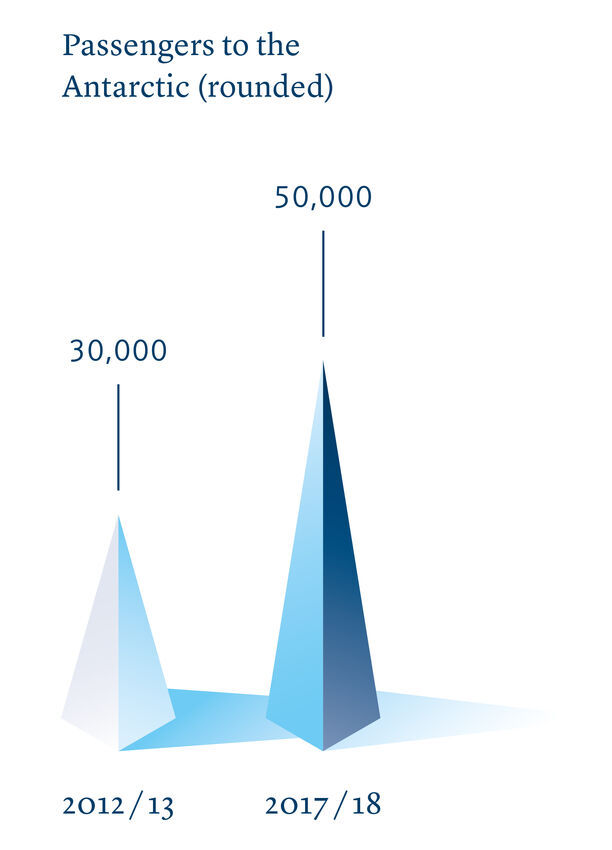Rugged coast. Clouds hang heavy over the mountains. Snow cover. A glacier thrusts against a broad plain. Undulating tussock grassland. And countless penguins. Their squawking fills the air. Their smell too. The Zodiac pounds towards a provisional mooring. Eyes smart in the airstream. It is cold. Three degrees Celsius. A typical summer’s day in South Georgia. The crew help us onto the shore, two, three strides in wellington boots through icy water. We reach Salisbury Plain, surrounded by thousands of creatures. A deep breath. Welcome to the “Serengeti of the South”.
250,000 king penguins nest here. A few of them scuttle by, unabashed and with unconcealed curiosity. A group of experts are accompanying the trip and point out their distinguishing features: “The penguins that look like brown coffee pot warmers are young birds, still moulting.” We are reminded to respect the five-metre rule. Not so easy. A baby fur seal flops towards us, gazing at us with eyes the size of saucers. One of the elephant seals, nearly five metres long, raises a head full of scars. Snorts. Then slumbers on. The Antarctic already has us in its spell – and we haven’t even arrived yet.




 Austria
Austria












